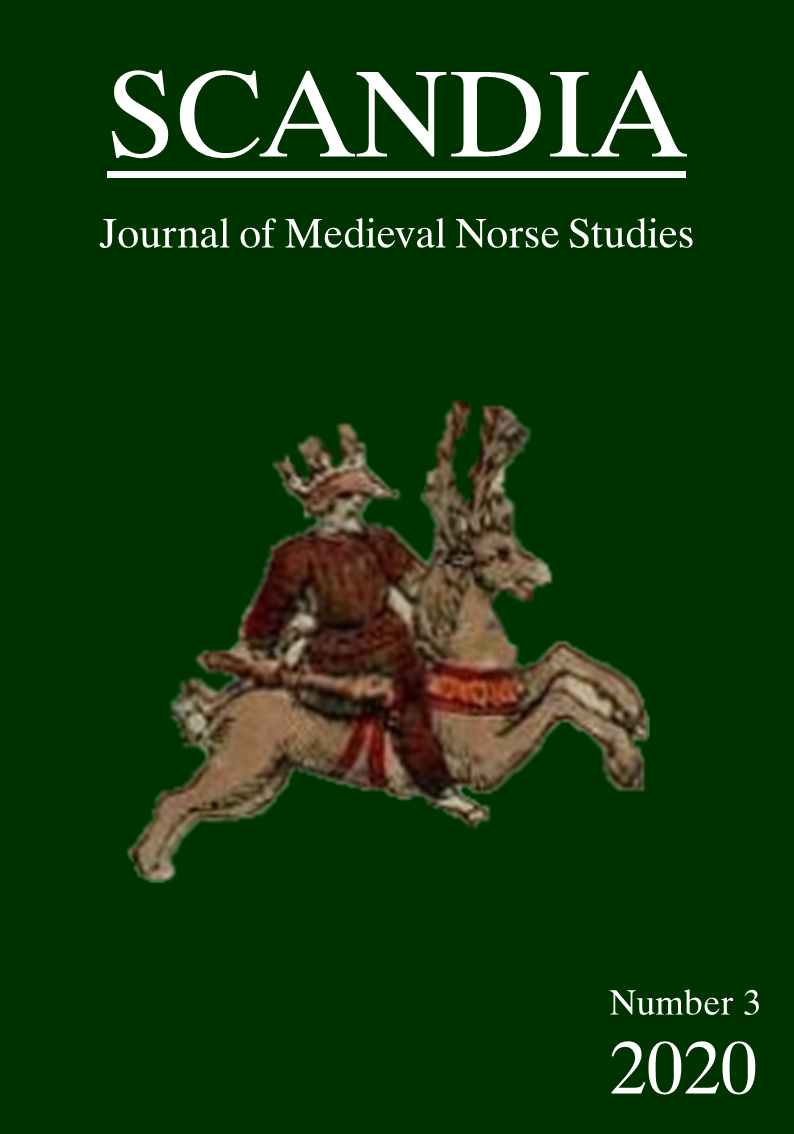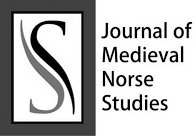HIMNA SMIÐR — THE ANCIENT HEBREW CONCEPTUAL METAPHOR GOD IS THE MAKER OF HEAVEN IN THE OLD NORSE-ICELANDIC LANGUAGE AND LITERATURE AS A MARKER OF CHRISTIANIZATION IN ICELAND
Abstract
Abstract: The following article constitutes an analysis of the civilizing process of Christianization of medieval Island on a mental and linguistic micro-scale in the theoretical perspective of historical cognitive linguistics. According to the cognitive theory of language, language is isomorphic to mentality. A conceptual metaphor may be perceived as the smallest element in a conceptual system, the smallest meaningful unit of mentality inherent in language. When mentality in a given society shifts, it is expressed in its cognitive system — that is, by the presence of cognitive structures typical of foreign culture and their dissemination in the indigenous conceptual system. In the case of mediaeval Scandinavia undergoing Christianization and Europeanization in the 11th and 12th centuries, we can observe this phenomenon in the interference of the metaphorical structures of Ancient Hebrew, Latin, and Germanic provenance in Old Icelandic language. I analyze the process of Christianization of medieval Island, as a conceptual change, on the basis of the cultural transfer, resemantization and dissemination of the ancient Hebrew conceptual metaphor god is the maker of the heaven in the language and literature of medieval Iceland. It contributed, together with other conceptual metaphors of Ancient Hebrew and Latin provenance, to the gradual change of mindset of medieval Icelanders towards Christianity, cognitive structure by structure, metaphor by metaphor, until they turned into Christians and Europeans by virtue of the conceptual, psycholinguistic, change.
Keywords: Old Icelandic literature, Biblical Hebrew, Latin, Old Icelandic, conceptual metaphors
Downloads
Downloads
Published
Issue
Section
License
The author (s) of the original submitted undertake to comply with the following:
- All authors are publicly responsible for it.
- The authors claim that this original is their own and that they assume full responsibility to third parties, whether moral or patrimonial, by reason of its content, stating that the work does not infringe any intellectual property rights of third parties.
- The author (s) agree to the copyrights of the original to Scandia Journal, to which they grant permission for its reproduction, editing and online publication.
- The author (s) grant their copyright of their original to the Scandia Journal, licensed under the Creative Commons Attribution License, which allows the sharing of this work with the acknowledgment of their authorship.
- The author (s) have permission and are encouraged to cite and distribute their original.



